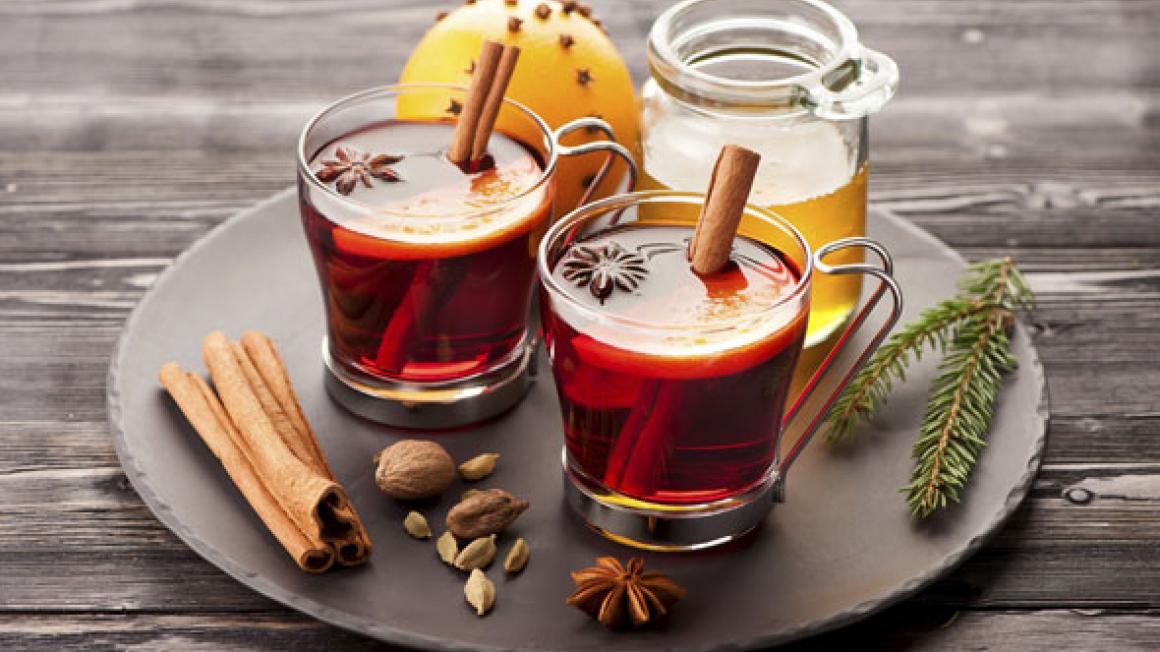Pain-free Mulled Wine
People should never be landfill for wine shopping mistakes though that’s not to say it is ever right to heat up Nuits St George. Just take mulling a little more seriously. Choose a decent wine, cider or ale that goes well with the typical citrus and spice seasonings (we’ll get back to this in a minute), select an accompanying spirit for richness – just a small quantity of something fortified, brandy type, kirsch or rum - just a slug.
At this point I would take the bold, but necessary step of diluting with one eighth of water. There are three reasons for this: one is that you spent more on the wine, two is a full bodied red wine can taste unpleasantly strong when heated and three is that people tend to drink mulled wine quite fast.
My memories of mulled wine go back to bonfire parties of teenage years. My mother who had been brought up in Switzerland called it Glühwein, the German name which translates roughly as ‘glow-wine’, so called because the brew was historically heated with red hot irons. More recently, on a freezing December trip to Berlin I found Glühwein stalls in the railway stations, and gratefully indulged in this mobile central heating.
In this age of mixology – the current trend for making and drinking creative cocktails – interest in mulled drinks is rising again. So we are twisting basic recipes to match modern interests in the unusual; a slice of Calabrian bergamot in place of orange, a little tamarind here, somejaggery or a grating of salty galangal there.
I‘d ho-hum slightly at these serving suggestions. The point of ancient recipes is that they work well for a reason and if making your own, you would do better to look up historic recipes on the internet – there are plenty for mulled wine, cider and ale. You might also try a commercial brand. Daylesford make a good quality mulled cider, ready to heat, and from Dorset there is Lulworth Skipper, a local cask brewed cider that comes with its own pack of carefully measured spices and sugar, with a recipe.


